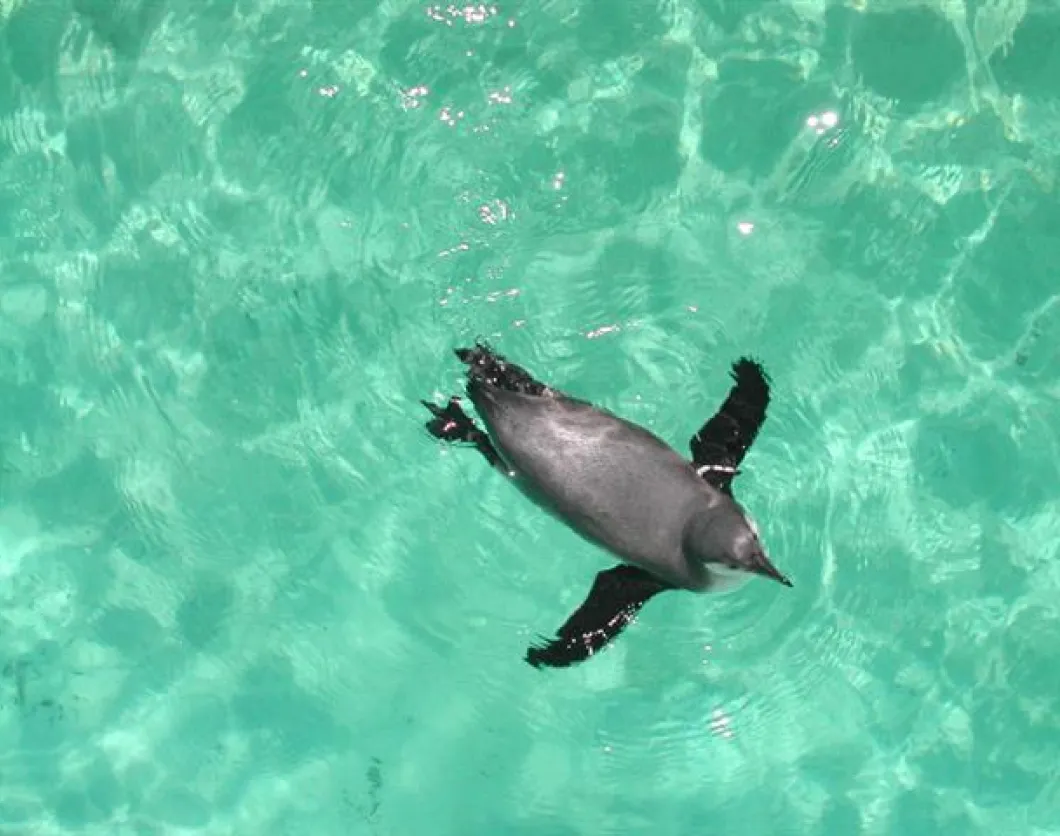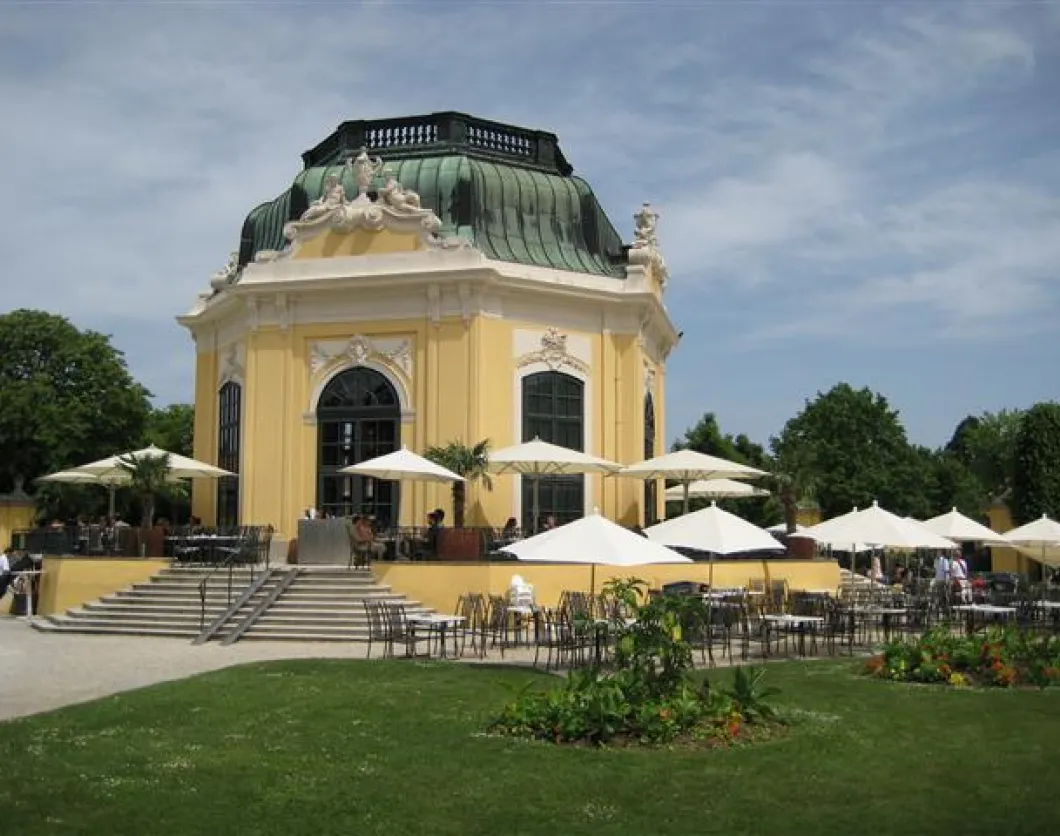Located on the grounds of the famous Schönbrunn Palace in Vienna, Austria, is Tiergarten Schönbrunn (German for Schönbrunn Zoo) the oldest zoo in the world. It was founded as an imperial menagerie in 1752 and when first opened to the public in 1779, there were no entrance fees.
It was the Holy Roman Emperor, Joseph II, who first organized expeditions to Africa and the Americas to capture specimens for the zoo and the first giraffe arrived in 1828. On July 14, 1906, the zoo shocked the world with the birth of the first elephant in captivity; until then, zoologists had held the opinion that elephants could only reproduce in the wild.
At the onset of the first world war, the zoo was home to 712 species and 3500 specimens, but due to diminishing food supplies during the conflict, the number of specimens rapidly sank down to 900. Bombing raids in February 1945 during World War II had an even greater impact on the zoo; many buildings were destroyed and many animals were killed, leaving just 400 samples alive.
After the war, the new zoo director Dr. Julius Brachetka eventually managed to restore the zoo, but in the 1980s, it experienced a financial crisis due to lack of visitors and increasing costs, however, closure was prevented by privatization in 1992. Recently, under the guidance of manager Helmut Pechlaner, also president of the Austrian wing of the World Wildlife Fund (WWF), the zoo has been able to renovate and extend many of the enclosures thanks to significantly increased entrance fees, but also through private and corporate sponsorship, and hotels in Vienna are once again being patronised by visitors who have come from afar to visit the famous animal establishment.
Tiergarten Schönbrunn is one of the few zoos worldwide to house giant pandas and on the 23rd August 2007 the first non-artificial insemination panda baby in Europe was born there. Other attractions include a rainforest house, in which the spectator is led through a simulation of the Amazon Rainforest, and an aquarium which enables spectators to walk underneath a simulation of the Amazon in flood. The new polarium for animals of the Arctic region was opened in early 2004 and the zoo is now also a center for Zoological research.
The zoo's long life has not been without hardship and a number of tragic accidents have plagued the organisation. In 2002 a jaguar attacked a caretaker during feeding, killing her in front of visitors and the director sustained heavy arm injuries whilst trying to intervene. In February 2005 a young elephant lethally crushed his caretaker and in the following press storm, director Helmut Pechlaner offered to resign over the issue.
However, despite all this, Tiergarten Schönbrunn is among the most modern zoos in the world and their motto "Schönbrunn should be a zoo of happy animals", is clearly visible everywhere, which is what has allowed it to survive to become the world's oldest zoo.
By Victoria Cochrane
www.zoovienna.at









